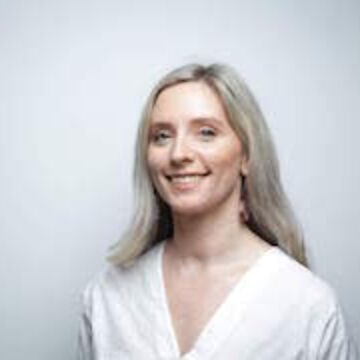

Jessica Cochran
Lecturer
Contact
Bio
Education: MA, Art History, Theory and Criticism, SAIC 2008. Concurrent Position: Deputy Director, the Renaissance Society at the University of Chicago; Principal, Art & Field; Founder Haynes. Exhibitions (curator): Let's Do It! Twenty-three Years of the Center for Book and Paper Arts, Columbia College Chicago; Deborah Boardman: Painter, &, Hyde Park Art Center; Pulp as Portal, Center for Book Arts, New York and Salina Art Center, Kansas; How Much Land, McCormick Gallery; The Heart of the Matter, Gaylord and Dorothy Donnelley Foundation; Social Paper, Columbia College Chicago; Structures for Reading, Columbia College Chicago; November, The Franklin; This is Paul Halupka, Contemporary Arts Council, 2011; MFA Exhibition, Sullivan Galleries, School of the Art Institute of Chicago, 2011; Untitled: Field Work, Dominican University, 2009. Publications: Art Market Dictionary, Journal of Artists’ Books, Art in Print, Bad at Sports, New City. Grants: Department of Cultural Affairs Individual Artist Program, Clinton Hill / Allan Tran Foundation, Craft Research Fund, Contemporary Arts Council, Association of Art Museums and Curators.